How Is Climate Change Affecting Canada?

- The melting ice caps pose a severe threat to Arctic wildlife, such as polar bears, who rely on the natural icy environment to hunt and mate.
- Grass becomes dry and brittle during long summers with hotter temperatures, increasing the threat of widespread forest fires.
- Because Nova Scotian fish cannot tolerate the warmer water, they tend to migrate farther north, which means less jobs and lower wages for fishermen.
Climate change is a serious issue that is causing severe harm all over the world. One country that has already begun to experience its effects is Canada. Its climate is currently warming twice as fast as the global average, threatening the country’s inhabitants and diverse environments from coast to coast.
The following explores ten different ways climate change is impacting the Great White North. Drastic measures need to be put in place now to reverse what damage can be undone before it’s too late.
10. Canadian Arctic
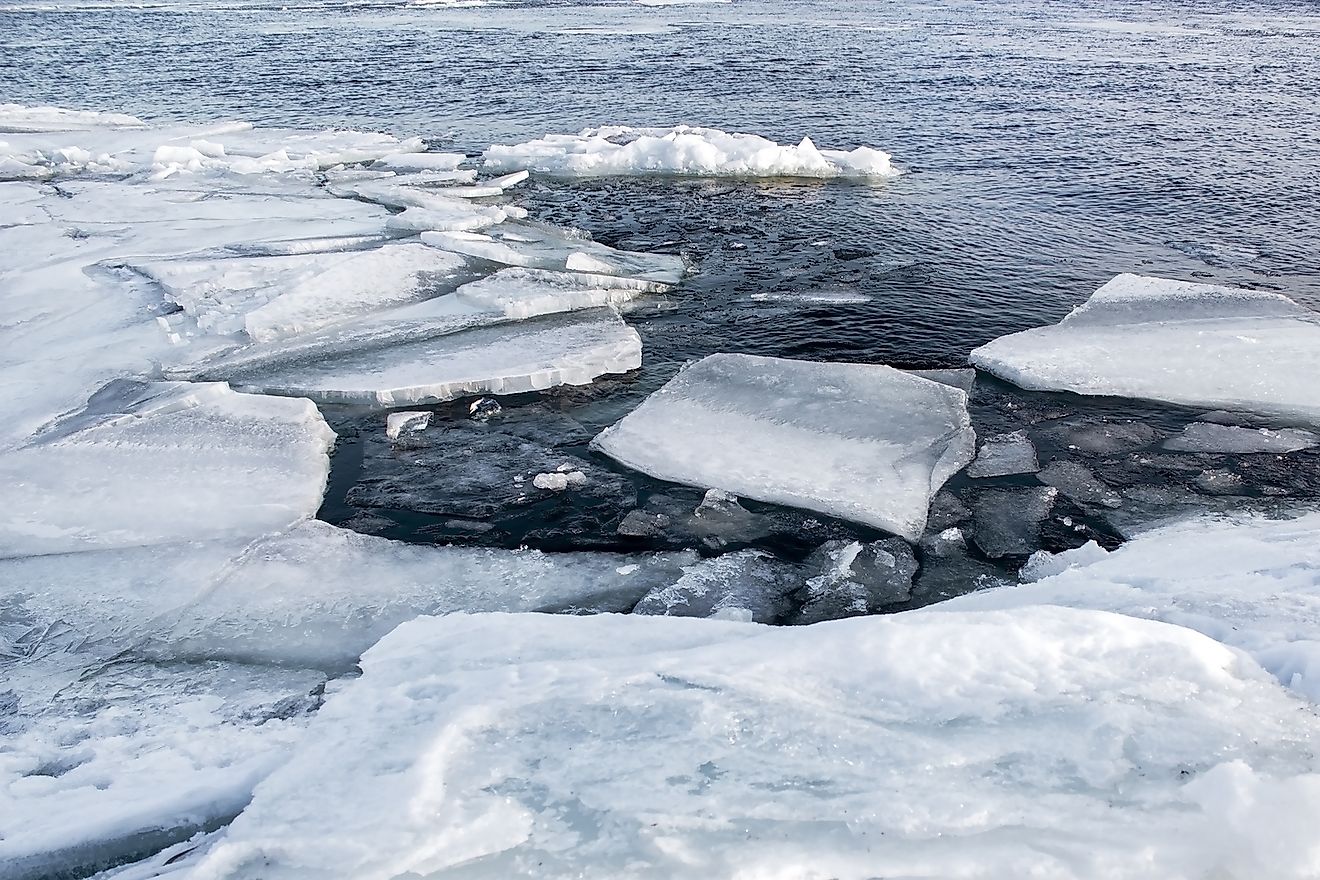
Regions in the Canadian Arctic are experiencing the effects of climate change at an alarming and unprecedented rate. For example, the melting of glaciers and ice caps poses a severe threat to the rise in global sea-levels. According to one study, approximately 1,700 square kilometers of ice of the 1,773 glaciers examined had melted between 1999 and 2015. This continues to impact Arctic wildlife, such as polar bears, who rely on the natural icy environment to hunt and mate, among other activities. Many of these animals are unable to adapt and starve or drown as a result. It is estimated that most of the small ice caps in the Canadian Arctic will completely vanish within the next eighty years.
9. Inuit
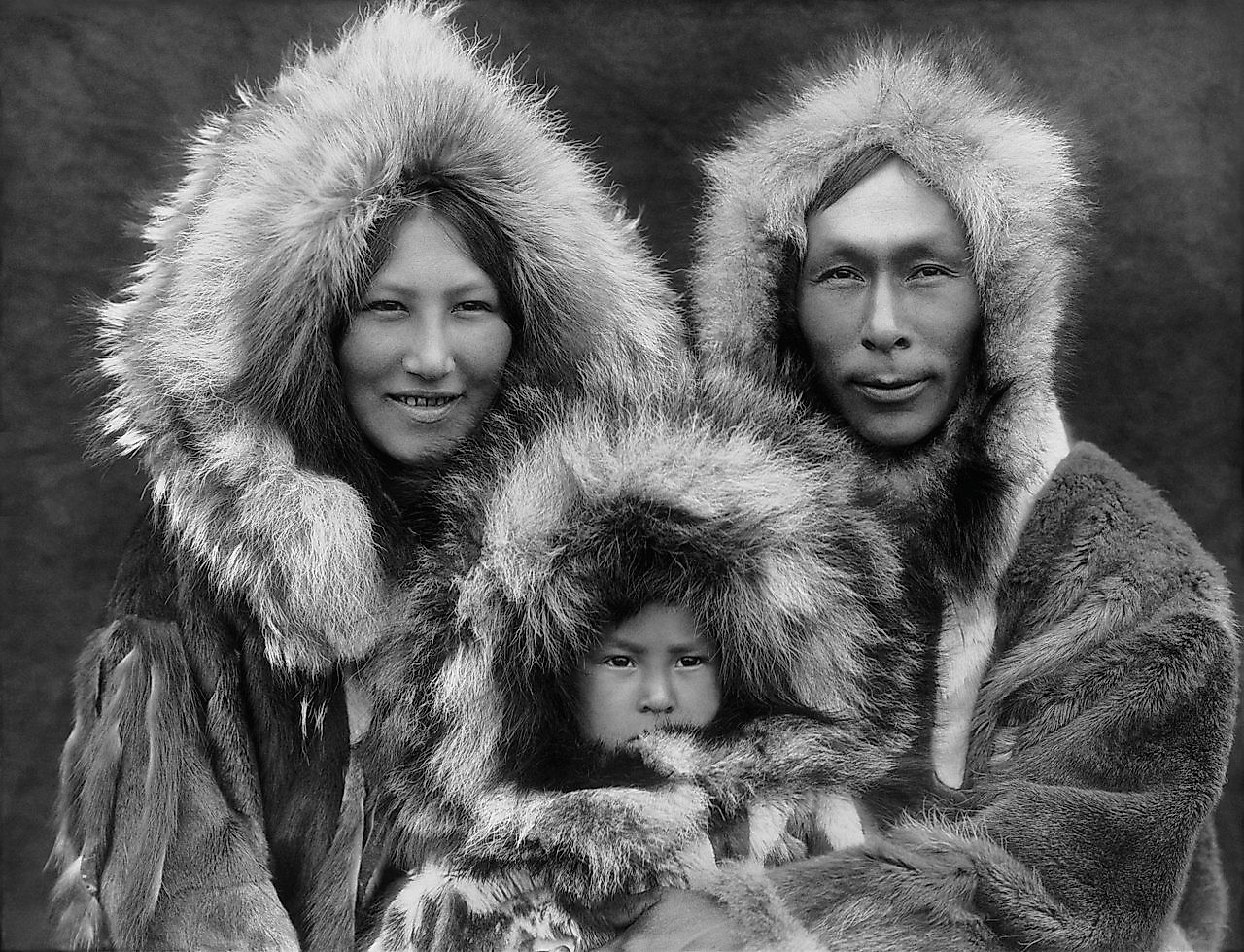
Inuit, the indigenous peoples inhabiting the northern territory of Nunavut, have always had special ties to the land, but climate change is hurting their culture and traditions in numerous ways. For example, elders predict the weather through cloud and wind patterns, but these new conditions make it hard to pass along their knowledge. Furthermore, Inuit infrastructure is largely built specifically to meet the standards of the frozen environment. Hunting practices are also changing as the icy terrain is becoming less and less stable. This means that Inuit are relying more on store-bought food which is often unhealthy, expensive, and strips away their cultural identity.
8. Snow Cover
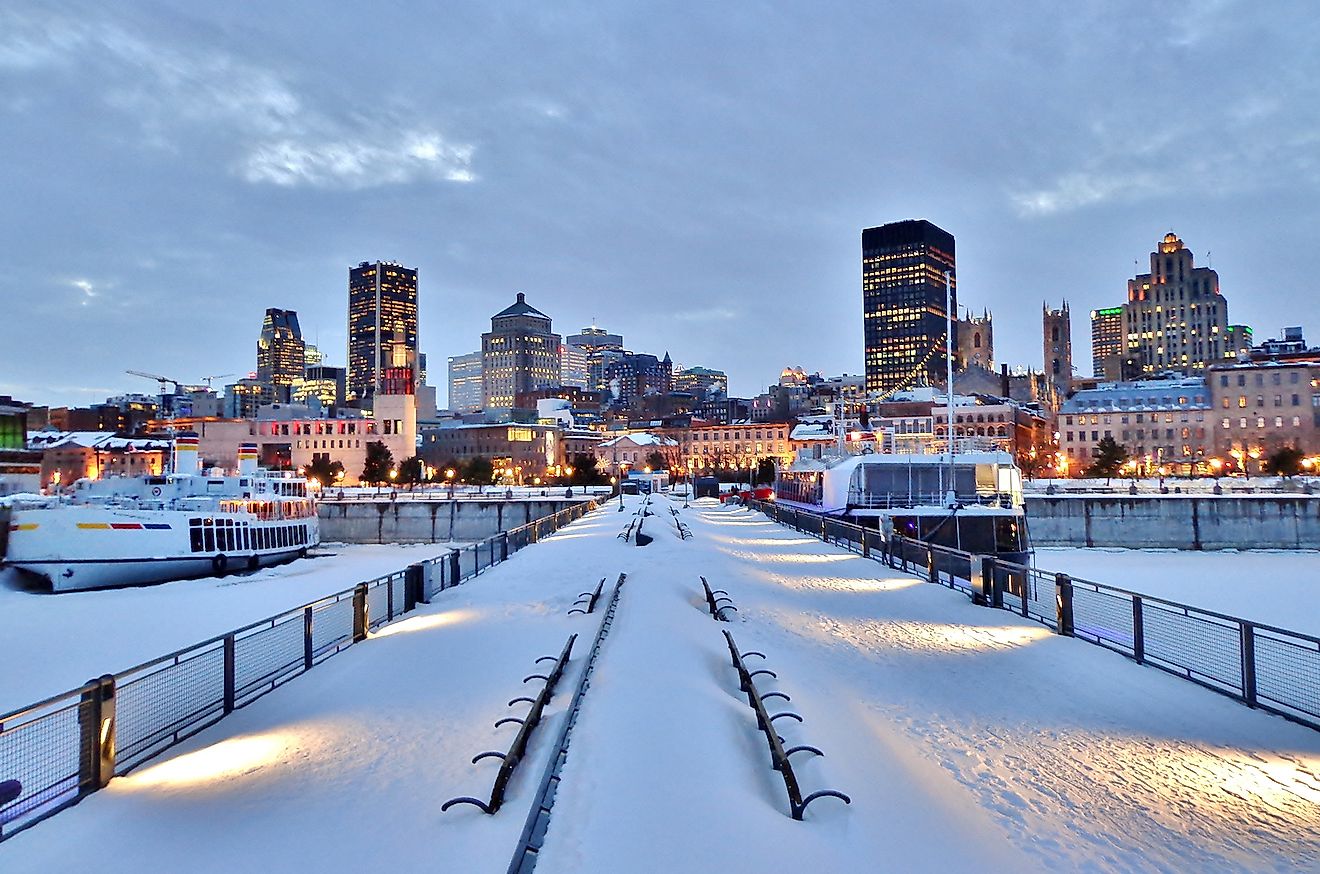
Climate change has altered the amount and duration of snow cover in Canada. Since 1981, the country has experienced five to ten percent less snow due to delayed winter seasons and earlier springs. Research shows that this pattern is only likely to continue. This is harmful because snow helps regulate our climate. Normally, it prevents sunlight from being absorbed into the earth by reflecting back ninety percent of all solar radiation, but now, more of it is seeping into the ground which increases the surface temperature. A lack of snow also depletes various water sources by not melting into our rivers and streams, and can make it harder for predators to pursue their prey.
7. Eutrophication
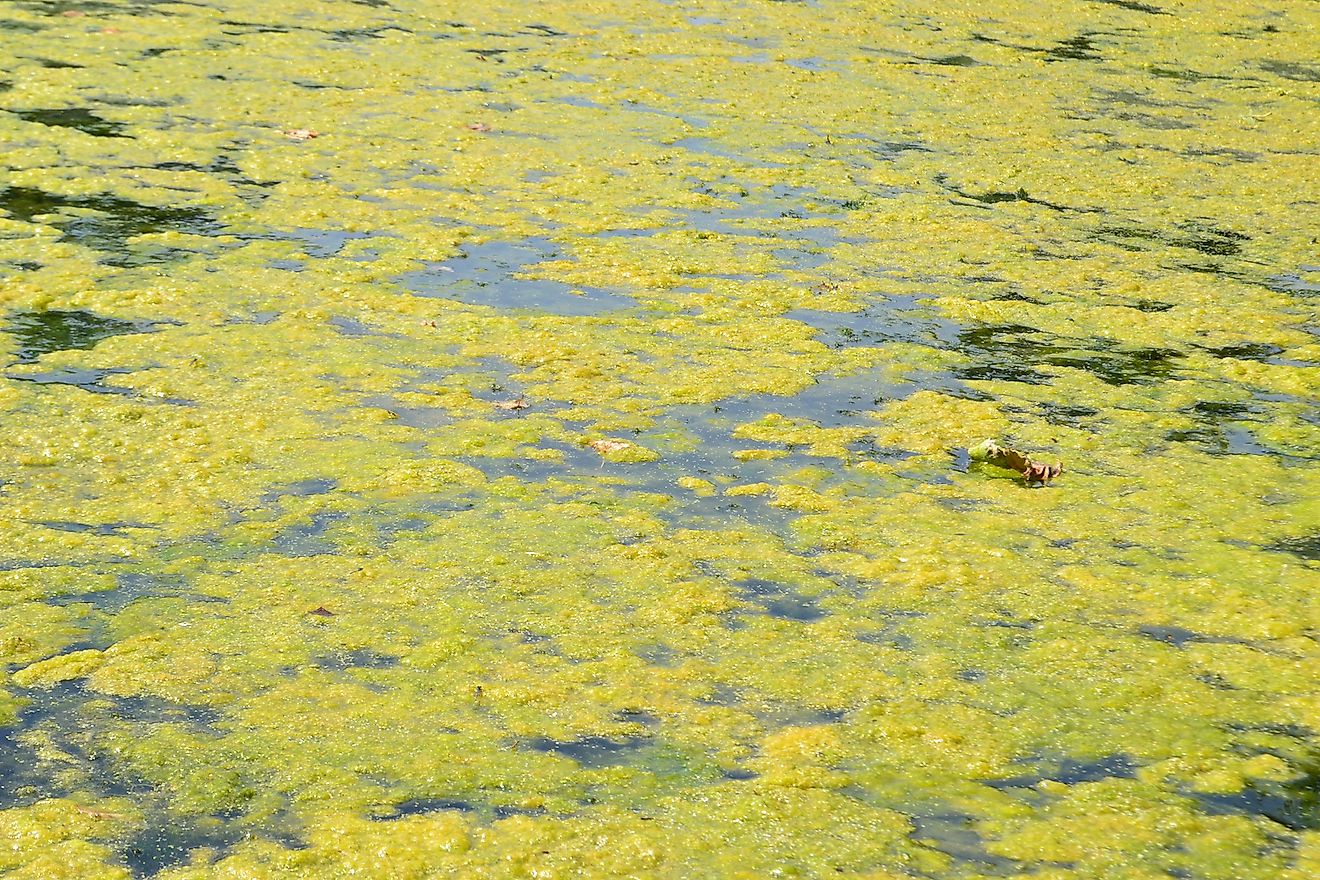
Governmental policies are not changing frequently or drastically enough to keep up with the effects of climate change. This is particularly evident when examining Canada’s supply of freshwater. Higher temperatures give way to warmer water, which in turn increases the production of algae. This process is known as eutrophication. While algae is common in freshwater environments, too much can negatively impact the whole ecosystem. It cuts off underwater organisms from the sun, depletes oxygen levels, and can even spread toxins into the water. Lake Erie and Winnipeg are often affected by eutrophication, but this is a nationwide issue.
6. Droughts
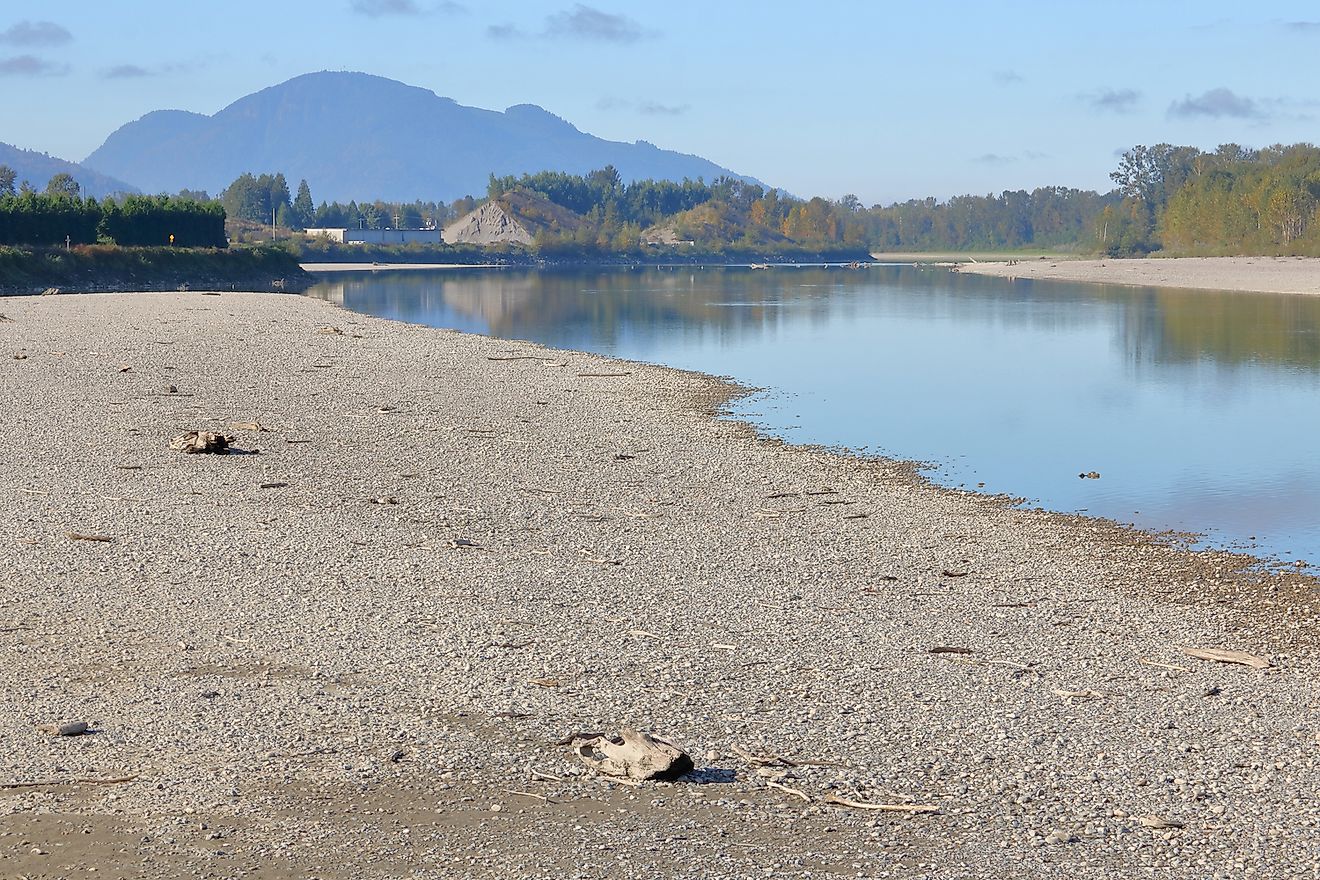
Despite the advances in farming technology, agricultural success still depends on the weather. Based on current projections, Canada’s winter season is expected to continue shrinking, making way for longer stretches of warmer weather that could, depending on circumstance, lead to drier summers. This type of climate often brings droughts, which tend to devastate farms and even possibly create food shortages. In 2017, a year after the prairies were ravaged by droughts, Saskatchewan experienced the driest July in over 130 years. According to lifelong farmer Roy McLaren: “Without water, you don’t have anything. I don’t care where you farm.”
5. Forest Fires
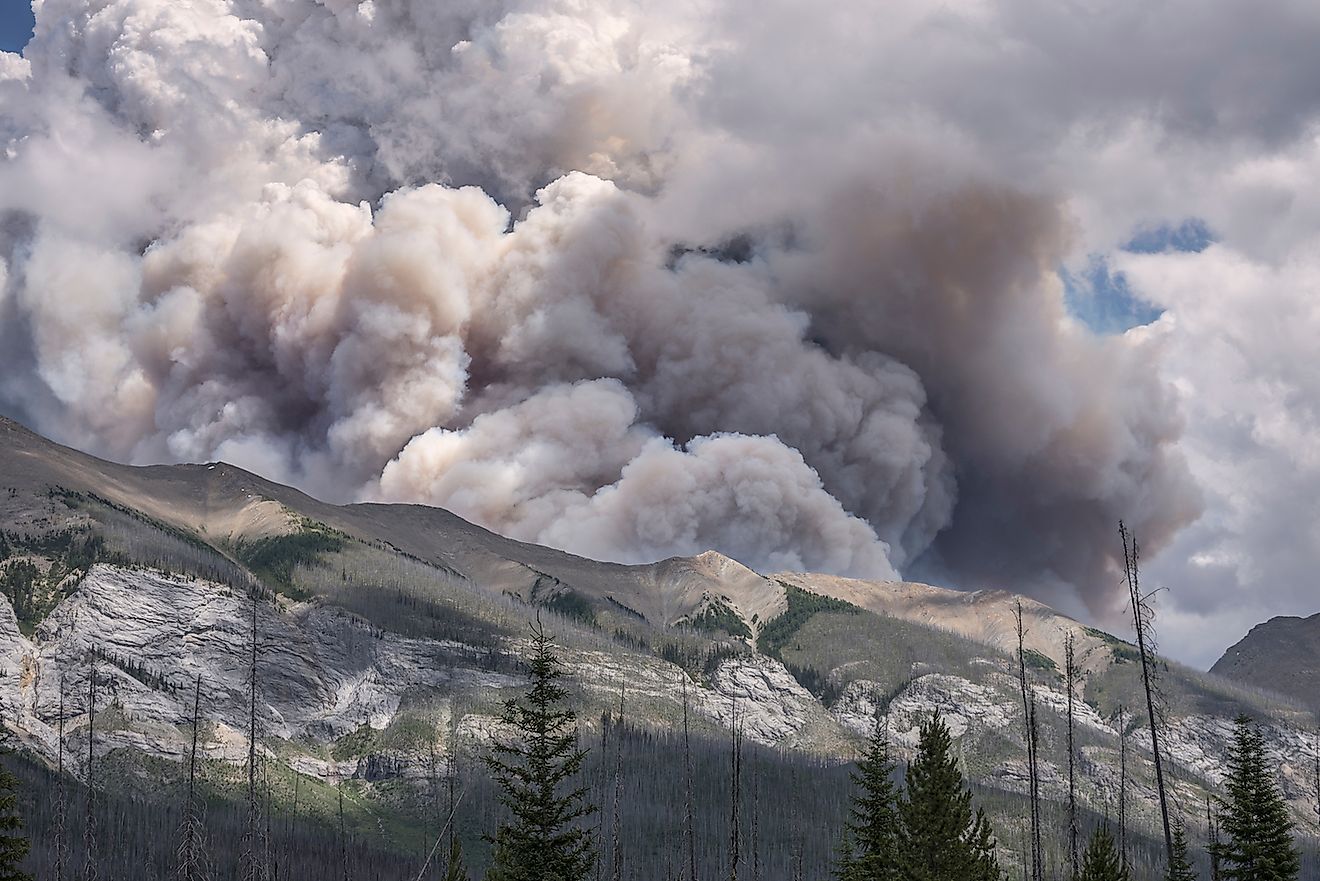
Wildfires have become an increasing threat in recent years. Grass becomes dry and brittle during long summers with hotter temperatures, turning forested areas into piles of kindling. In 2016, a forest fire ravaged Fort McMurray in Alberta, forcing 90,000 people to evacuate. One year later, 158 separate fires burned throughout British Columbia, destroying a record-breaking 12,161 square kilometers of land. Often referred to as the lungs of our planet, this issue is exacerbated by the fact that trees are an important source of oxygen; a significant decrease in their numbers could cause irreparable harm to our own existence.
4. Atlantic Canada
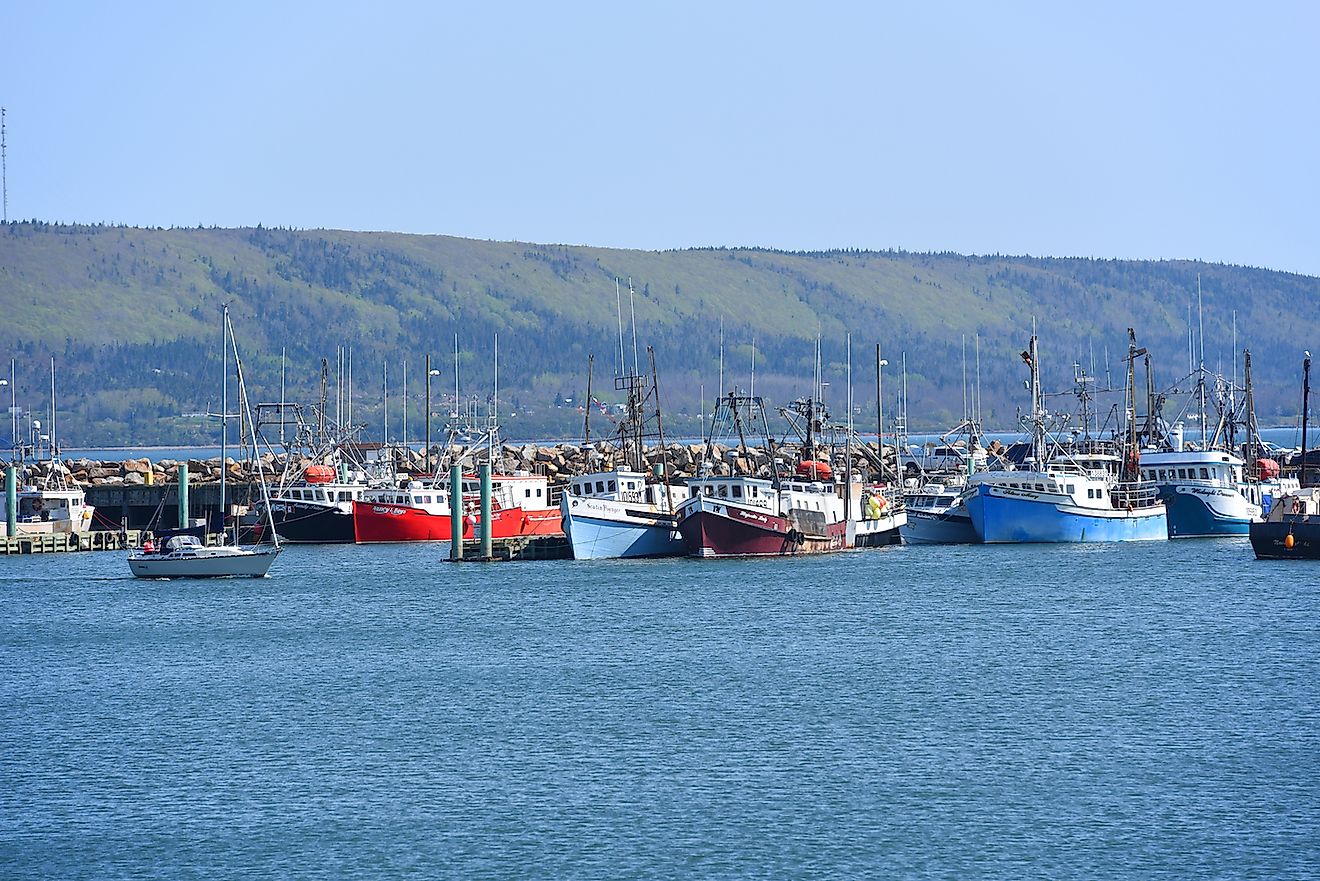
Atlantic Canada is also experiencing difficulties due to climate change, particularly those within the fishing industry. For example, all Nova Scotian fish are cold water species; due to warmer waters, many of them, like the northern cod, go through “climate shock” and migrate farther north. This is significant because fewer fish means less jobs and lower wages for fishermen. Researchers predict that this will only worsen over the next decade. Furthermore, parts of Atlantic Canada are constantly at risk of flooding as a result of melting ice. The region is also expected to experience extreme weather if the situation does not improve.
3. Canadian Wildlife
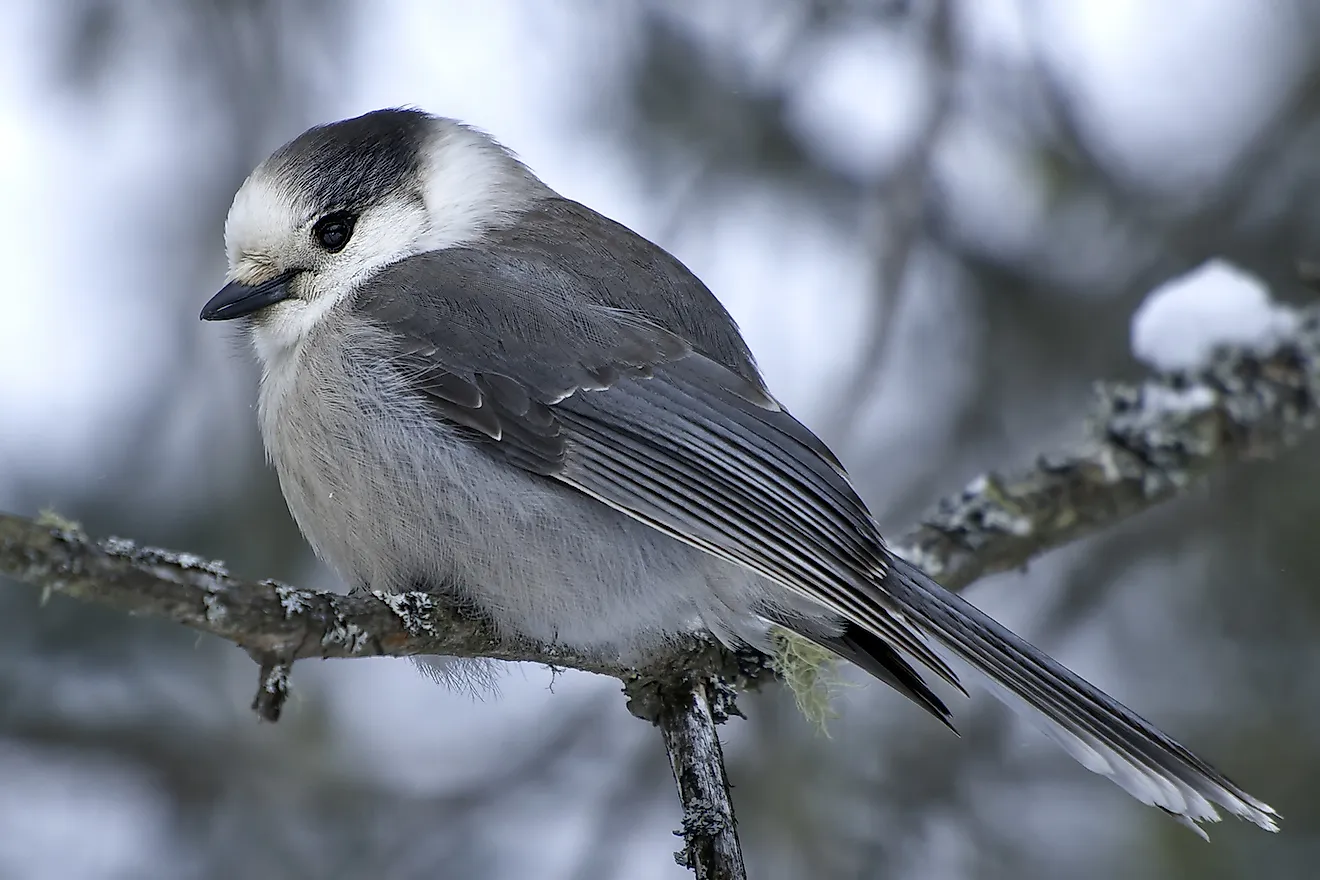
Climate change is having disastrous effects on Canadian wildlife, threatening many different kinds of animals. Reports claim that roughly 751 species are at risk of extinction, such as otters, wolverines, and certain types of whales. Caribou are perhaps one of the most at risk. Once a flourishing species, their numbers have dwindled shockingly fast. In Alberta, climate change as a result of industrial pollution has wreaked havoc on their natural habitats. Another impacted animal is the non-migratory gray jay which stores food in trees to last throughout the winter, but warmer autumns spoil the majority of their bounty before it can freeze.
2. Ticks and Lyme Disease
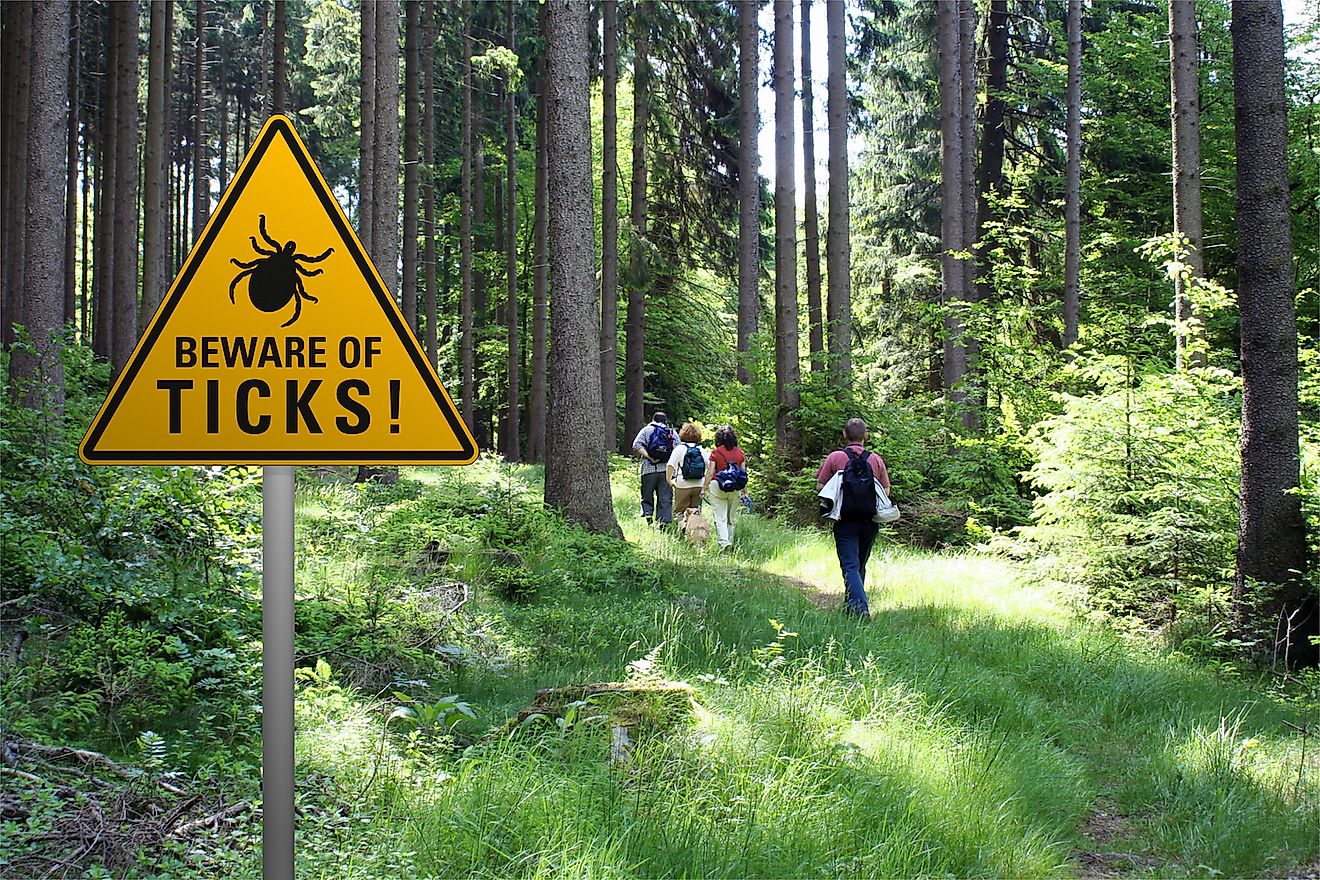
Over the past few decades, Canada has seen a drastic increase of blacklegged ticks. These tiny bugs are known for carrying Lyme disease which can lead to any number of health problems. Reported cases of this sickness has risen from 150 in 2009 to approximately 2,000 in 2017. To make matters worse, ticks are popping up in new environments all the time; spreading to the north and west, it is estimated that they are expanding their territory by roughly 28 miles every year. The reason for this can be attributed to climate change. Longer and hotter summers improve their survival rate and allow them to mature faster. This means their numbers are continuously increasing and their lifespan lengthening.
1. Invasive Species
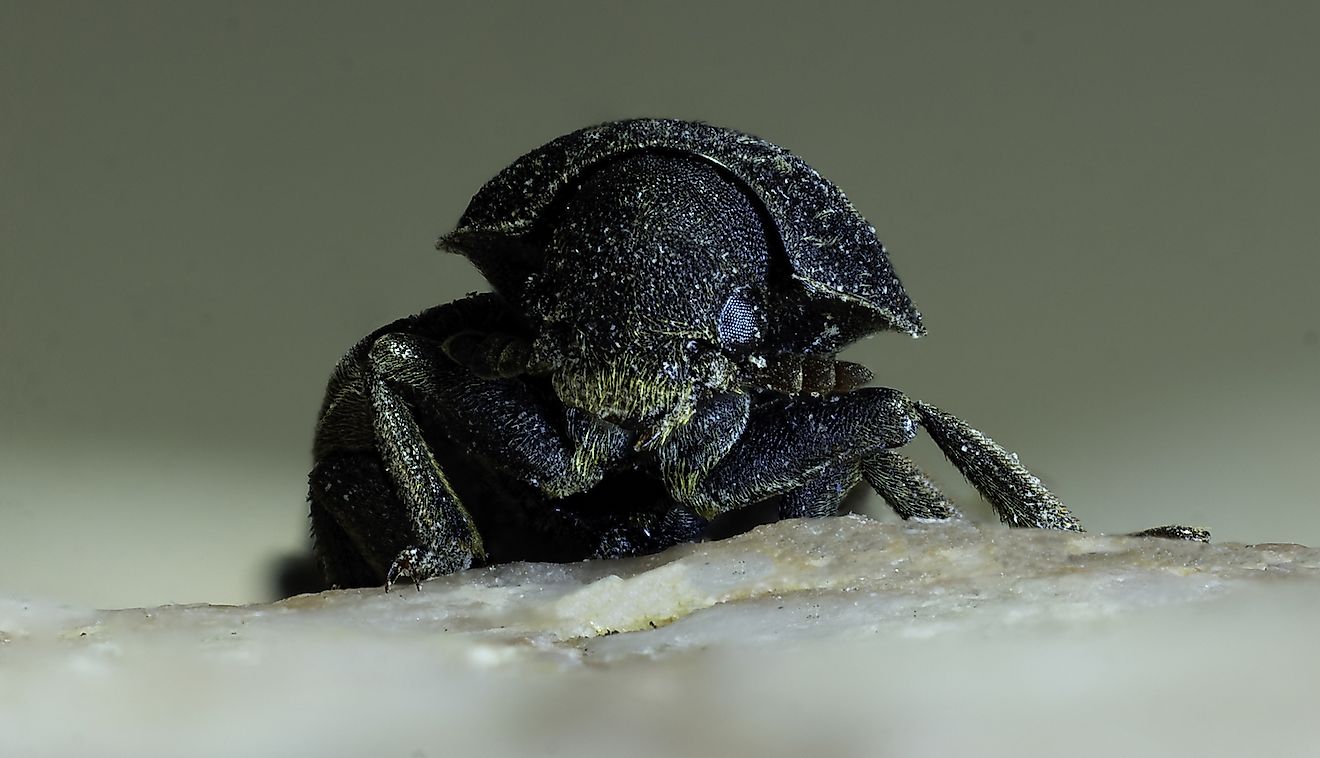
Ticks are not the only invasive species threatening Canada. Others include the smallmouth bass, the European gypsy moth, and the kudzu plant. The mountain pine beetle in particular has destroyed thousands of hectares of forest in the western provinces. Recent studies estimate that there are roughly 1,500 invasive species living in Canada, which can create up to $34 billion of economic damage every year. While their movements are not always related to climate change, drastic fluctuations in temperature can make conditions in certain areas more agreeable for these new species. Once there, they disrupt the natural balance of things, such as altering the food chain or spreading disease.











